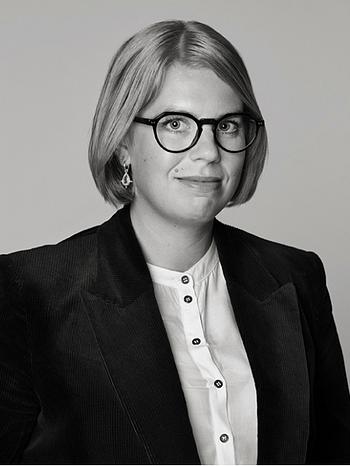Wladyslaw Hasior
"Skärseld II"
Executed in 1965. Assemblage 100 x 100 x 25 cm.
Provenance
Purchased by the present owner at Moderna Museet, Stockholm, 1968.
Exhibitions
Moderna Museet, Stockholm, "Wladyslaw Hasior", November 9 - December 15 1968, cat. no 19. (The catalog is included)
More information
"In the preface to the catalog for the exhibition at the Moderna Museet, Carlo Derkert writes:
"Wladyslaw Hasior has been a sculpture teacher at the art school in Zakopane, a small town in southern Poland near the Tatra Mountains, since 1958. His first solo exhibition took place in Warsaw in 1961. Hasior works with various materials: wood, metal, stone, clay, fabric, scrap. Some of his assemblages can be hung on the wall like paintings, while others are meant to stand on the floor or on a table like sculptures. He works with his materials like a poet works with words. Some of the forms he has personally modeled, bent, and cut, while others are taken directly from the surrounding reality: furniture, household items, crucifixes, burning candles. Hasior is a sculptor in the more traditional sense when he tackles large monuments in granite and bronze with motifs from World War II. It is interesting to point out two events in sculpture within Polish art of the 1960s. On one hand, there is Hasiors' irrational naturalism, and on the other hand, an experiment in the city of Elblag in northern Poland with architectural, non-figurative sculptures. In the case of Elblag, it was a collaboration between around 30 artists and a modern metal industry that provided them with professionals, materials, and tools. In Hasior's case, it is a person deeply rooted in a homeland with a rich folklore and a still vibrant peasant culture. In Elblag, it was an attempt to realize an avant-garde dream of art that creates an environment through pronounced visual and rhythmic qualities. And as a contrast, there are Hasior's dark assemblages: poetic, provocative, and unsettling."






































































